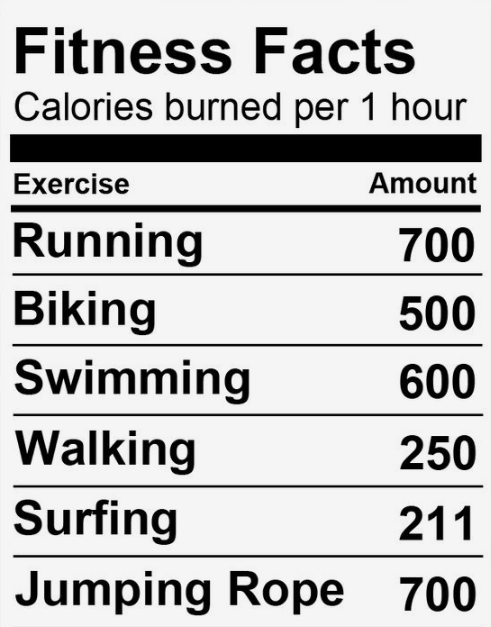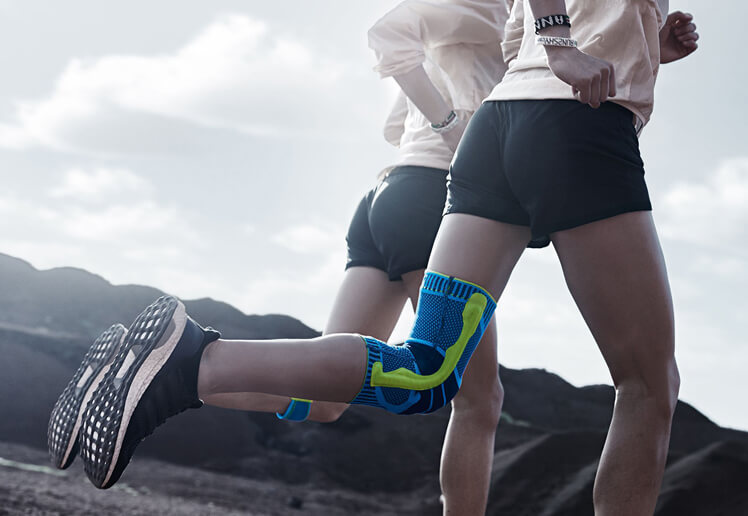Runner’s knee refers to all kinds of conditions that involve pain in front of the knee joint usually around the kneecap. Why do we call it that way? The term itself has been established as running is the most underlying cause of knee-related pain. But in fact, any exercise causing repeated tension may be causing the problem. Including walking and skiing, bike rides, jumping, bicycles, volleyball, and football.
Basic knee anatomy
Your knees are your biggest and most complicated joints. They consist of the bottom part of the legbone, the upper tibial bone, and the patella (kneecap). Ligaments and tendons link the femur and limbs. The ligaments connect bones and serve as strong ropes holding the joint together.

The major components of healthy knees are bone cartilages, tendons, and ligaments. Tendons connect muscles with bones. For example, the quadriceps tendon links the muscles on the front of the leg with the patella.
Symptoms of runner’s knee
Runner’s knee is most commonly characterized by either frontal or lateral intense pain in the knee. Typically, these pains start gradually and usually are activity-related, but can also occur after sitting for a long time with knees bent or as a result of an accident.
Some other common symptoms of runner’s knee are:
- your kneecap is very tender to touch
- clicking or grinding sound when bending and straightening your leg
What causes runner’s knee
The two most common reasons for runner’s knee are:
- knee overuse – strenuous exercise that requires long repetitive movement such as running often leads to overuse injury. Around 42% of all knee injuries may be classified as overuse injuries which makes it the biggest cause of runner’s knee
- direct hit to the knee – accidents resulting in a direct hit of the knee joint result in strong inflammation and aching pain in the area around the kneecap
Anterior knee pain
There are multiple terms that characterize it
- patellar pain (also called patellofemoral pain syndrome)
- chondromalacia patella

Patellofemoral pain syndrome
It is an umbrella term for pain in the anterior part of the knee. It is very common among the young active population. You feel it as discomfort around or behind the kneecap. It is usually caused by damaged soft tissues.
Around 25% of all knee injuries in runners are caused by patellofemoral pain syndrome.
Lateral knee pain
Pain in the lateral parts of your knees is usually caused by so-called
- iliotibial band syndrome
Iliotibial band syndrome occurs when the outside leg tendon (iliotibial band) going from the top of your pelvic bone down to your knee gets irritated or swollen from rubbing against your knee or hip bone. It constitutes 22% of all knee injuries in runners.

Jumper’s knee
Also called patellar tendinopathy, it is a knee injury usually related to jumping. About 40-50% prevalence of the injury is among elite volleyball players. It is caused by inflammation of the patellar tendon connecting your knee cap to your shin bone.
Due to the high prevalence among volleyball players, you will see many of them wearing knee straps or elastic bandages in order to prevent unwanted complications.
How to treat runner’s knee
Feeling pain in the area of your knee for multiple days in a row is a signal of a potential problem. In order to prevent more serious injury that could limit your movement for months, you should have your runner’s knee treated.
The best treatment, in non-severe cases, is to follow these 5 steps that will help to relieve pain and put you back on the track
- get some rest
- ice your knee (I use cold packs)
- take anti-inflammatory drugs such as ibuprofen
- wrap and fixate your knee with a knee sleeve (or brace)
- incorporate strengthening exercises (thigh muscles, quadriceps muscles)
Knee sleeve or knee brace?
Both knee sleeves and knee braces are designed to provide support and stability for your knee and help to lessen pain from the runner’s knee. Even though they have the same purpose, they are quite different products as you may see below.

Your choice of knee support should mainly depend on the seriousness of your injury.
If you have run too much, your knee is aching and now you are looking for support and pain relief while walking, go for a lighter version — a knee sleeve. You probably only need a couple of weeks of break and a simple elastic bandage will speed up the recovery process giving you desirable support.
When you have gone through a more serious knee injury or maybe even an orthopaedic surgery, that is a whole different story. In that case, the knee brace is the first choice as it gives you more support and keeps the knee much more stable during your daily activities. You may want to discuss that directly with your doctor.
Keep in mind that in 90% percent of runner’s knee injuries, a knee sleeve is an ideal option. It will cause you fewer limitations than braces and it will serve the purpose.
How to prevent runner’s knee
Preventing runner’s knee includes being aware of the possible risk factors and following a couple of basic rules. During your physical activity, you will need to avoid excessive strain on your knee. That may be achieved following these key points.
:max_bytes(150000):strip_icc()/Snapwire-Running-20-6862a67772874e06885362da5b360477.jpg)
Increase your activity gradually
This is especially important for beginner runners to avoid injury early on. Your body needs some time to adjust to new stress levels and develop certain muscle strength in the area where the knee connects with the leg muscles.
The safest way to approach this issue is to follow the advice set by the famous Daniels running formula. Olympic athlete coach Jack Daniels suggests increasing your mileage every 3-4 weeks by as many miles as many weekly running sessions you train.
Losing weight helps
During such a repetitive movement as running, even a couple of additional pounds may create an excessive strain on your knee kneecap and quickly develop into starting patellofemoral knee pain. The good news is that there is no better way to lose some weight than getting into running.

Check out what are the best running exercises to lose weight quickly.
Stretching and other specific exercises
Dynamic stretching exercises prior to the run and static ones after are the best way not only to prevent runner’s knee but also to improve your running performance.
Strengthening your hamstrings, quadriceps, and calves is super important for your knees’ health. Some plyometric exercises such as jumping or explosive movements can also help to prevent injury.
You can also try running backwards. it has become very popular recently and it reportedly lowers the impact on knees and hips.
Pay attention to your running form
When you have some of your muscles stronger than others, it may create imbalances and lead to pain in your knees while running. You will usually feel it inside the knee or kneecap, but it is individual as everybody has a different running form.
If you experience pain in your knee and can’t identify why, you’ll definitely want to try physical therapy. A physical therapist specializing in sports medicine will evaluate your running mechanics and provide an injury diagnosis. If you have a runner’s knee diagnosed he will come with a strengthening program to reduce pain.

Wear knee bandage
If you are injury-prone, consider wearing an elastic bandage as prevention. A knee sleeve will do a great job compressing your knee which will lower the oscillation of your knee muscles. Also, it will tighten your blood vessels leading to more generous blood flow towards the knee/lower leg area which will help to reduce inflammation.

